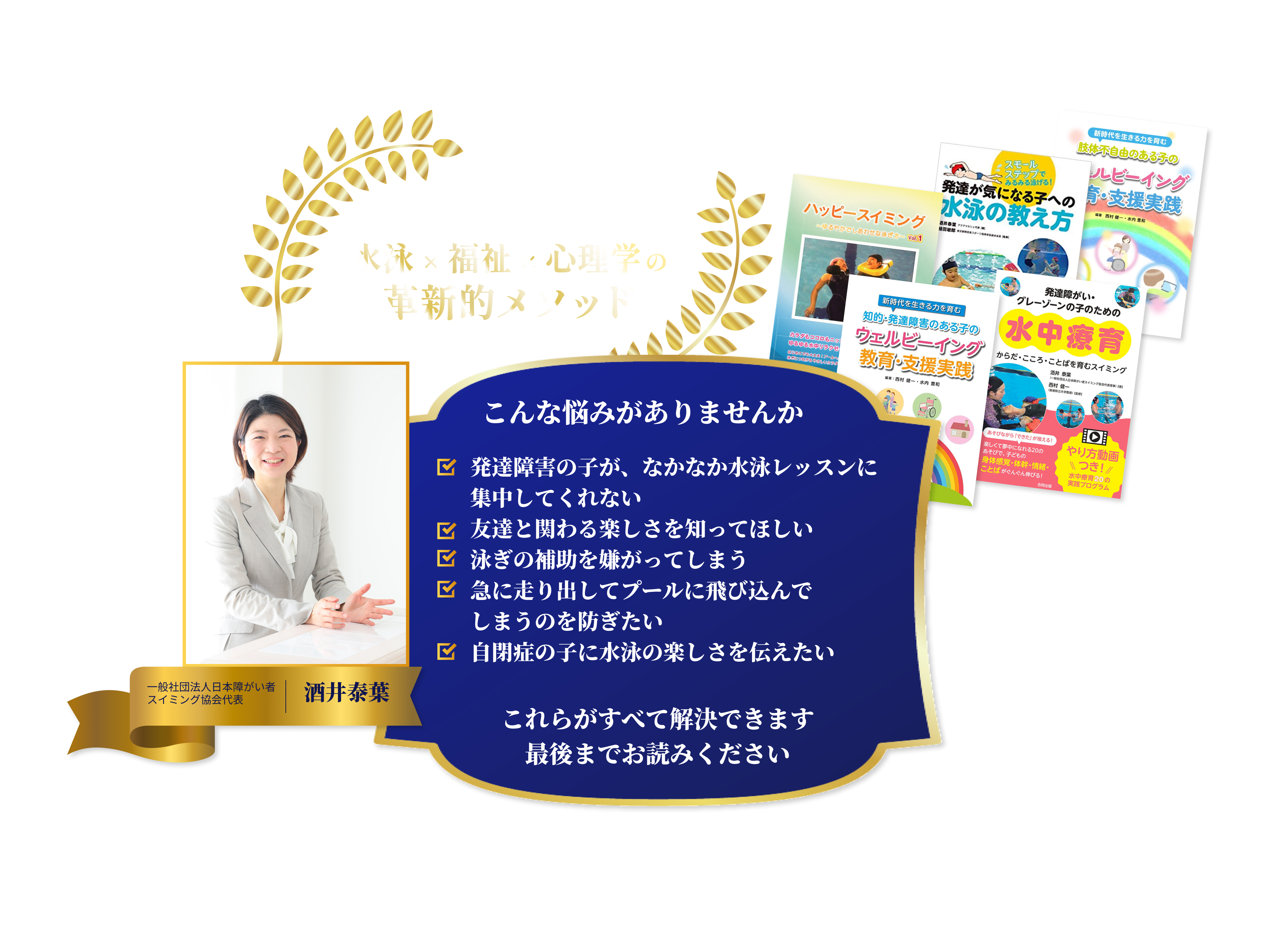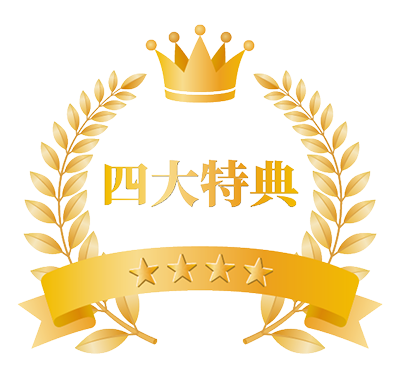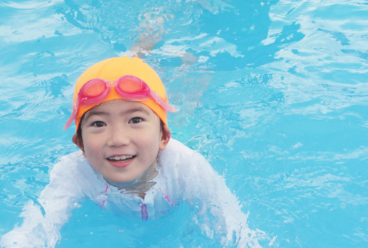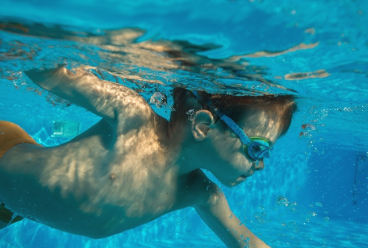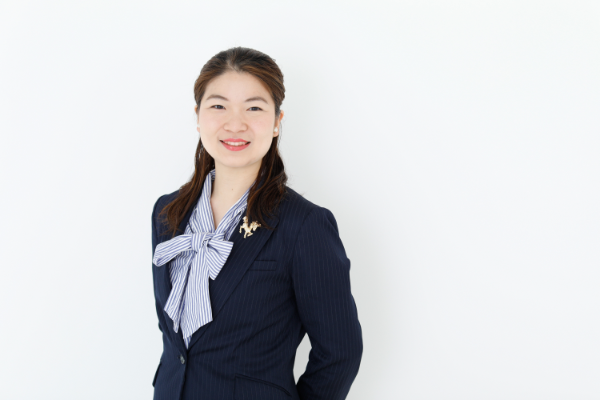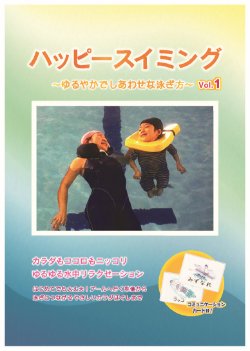公認 障害者水泳指導員養成研修 講座内容
日本で唯一、障害福祉の歴史から
身体障害、知的障害、発達障害、
精神障害と難病を網羅するこの養成研修は、
初級~上級まで順番に習得していきます。
指導者:酒井他協会専属指導員
初級
講義で学ぶこと
- 水に溺れないための3つの身につけたい技術:浮く、つかまる、回転するにチャレンジ
- 水がこわいこどもが、ムリなく顔をつけられる:丁寧なメソッドでトラウマなく着実に
- 水が好きなこどもが、遊びながら泳ぎにつながる練習にいくコツ:泳ぎに必要な技術を少しずつ味見して様子をみよう
- 重度の身体障害があっても水中でリラクゼーションするときのコツと水中の介助方法:道具の上手な使い方で、自分で泳げる力をつける
- 医学モデルと社会モデル
- 障害のある子どもたちへの寄り添い方
- 知的障害、発達障害のある子どもの参加のしにくさと工夫を知ろう
- 身体障害のある子どもの参加のしにくさと工夫を知ろう!
- てんかんのある人への対応の仕方、応急手当
実技で学ぶこと
- 車いすの基本的な操作方法
- プールサイドでの車椅子の使い方とポイント
- 福祉用具の種類と使い方
- 入水・退水・トイレ介助などで必要な移乗介助
- おぼれないための3要素・5項目の練習の仕方
- 水中リラクゼーションの体験とその施術のやり方
- 基本姿勢など
水慣れとおぼれないための3ポイント
ここでは、泳ぐ前に最も大切 な「安全」をテーマに、おぼれないために身につけておくべき3つの技術をベースに、泳ぎに必要な体づくりの準備をします。「泳げるのにおぼれてしまった」ということがなく安全に練習できる基礎をつくります。スイミングスクールや学校で「グレー」と言われる子どもたちが、水慣れ~基礎レベルで集団レッスンで一緒に参加できるようなヒントになります。
想定している障害の程度
- 身体障害、知的障害、発達障害の軽度(グレーまたはごく軽度な自閉症、自閉スペクトラム障害)
- 陸上または水中、またはその両方で日常生活動作がほぼ自立している人(介助がほとんど必要がない人)
想定している水慣れの程度
- 多少不安がある~水が楽しいと思える
- 陸上で自発的な呼吸ができる
中級
講義で学ぶこと
- あなたはクロールから教えていませんか?私がクロールから教えていない理由:子供のやりやすさから得意を引き出そう
- つまづきやすいクロールの息継ぎを叶えるステップ:バランス感覚をみがく練習でスランプも脱出する!
- グループ(集団)への移行期の支援
- 障害あるこどもが自信をつけながら練習できるコツ:子どもたちが指導員をどう見ているのかをしって、子どもたちの心に響く日ごろの声掛けやフォローができる
- 障害のある子どもから受け入れられるコーディネート術:子供が安心する先生の水着は?身だしなみチェックしてみよう
- ルールを作るとき、ルールを子供に伝えるとき
- プール、施設内での身体介助、見守り介助
- 水泳のメソッド(水慣れから、4種目へつなげるまで)
- ご家族との連携の仕方
実技で学ぶこと
- 水中運動療育のメソッド(水慣れから、身体を自分でコントロールできるための方法)
- 水の感覚をつかむセンスを磨く遊び
- 各障害に応じた、子供にしっかり伝わるコミュニケーション方法
- 水中福祉用具を使い方
- 運動療育中のサポートの仕方
- 保護者へのわかりやすいフィードバック
- つまづきやすいポイントの解消の仕方
水慣れから泳ぎにつなげるコツ
通常のスクールではやってもらえない、原始反射の説明や障害のある子どもからどのようにレッスンが展開されていくのか、また障害者本人目線で寄り添って考えられる力が身に付きます。スイミングスクールや学校で「グレー」と言われる子どもたちが、基礎レベル以上で集団レッスンで一緒に参加できるようなヒントになります。
想定している障害の程度
- 身体障害(肢体不自由で3級、4級程度)、知的障害、発達障害の中度(パニックが起きない程度の自閉症、ADHD、自閉スペクトラム障害。※教室での集団になじめず「グレー」と言われている方は中級以上となります)
- 陸上または水中、またはその両方で日常生活動作がほぼ自立している
- 介助が一部か特定の部分的な介助が必要な人
想定している
水慣れの程度
- 多少不安がある~水が楽しいと思える
- 陸上で自発的な呼吸ができる
上級
講義で学ぶこと
- 集団の中での支援・指導方法
- 家族と連携してもっと楽しくおよぐ!:家族の気持ちと社会の中のパラスポーツ
- 音楽療法を障害者水泳で生かす方法
- 水泳のメソッド:4種目を泳ぐ練習と分かりやすい支援方法
- 水泳のメソッド:重度肢体不自由の方の泳ぎ
- 水泳のメソッド:中度~重度の知的・発達障害の方にとり分かりやすい支援と泳ぎ
- 記録会や大会に向けた練習が必要になったときの練習
- 自傷行為やパニックが起きた時の対応
- (オプション)運営の仕方を考えてみよう!:あなたも独立開業できる!自分で立ち上げようと思ったら?学校のプールの授業や住み慣れた地域で信頼され、活躍できるインストラクターになるための方法
実技で学ぶこと
- 重度肢体不自由の方のスイム
- バタ足の練習をしなくても、きれいにバタ足ができるようになるコツ
- クロールのスモールステップ支援方法
- 背泳ぎできれいに手を回す支援方法
- ゆるやかできれいなバタフライの支援方法
- あおり足にならない平泳ぎの支援方法
- 重度知的、発達障害の方のスイム
- 重度肢体不自由の方のスイム
泳ぎの練習とより高い個別性に合わせるコツ
障害者水泳のレッスンの成功には、子どもから信頼を得られるための、声の出し方、視線、指導員自身の外見の身だしなみまで徹底してアドバイスします。レッスン内容に絡めたご家族の方への適切なアドバイスができることで、水泳にとどまらずトータルでサポートができます。ここまでくれば、独立開業も夢ではありません。
想定している障害の程度
- 身体障害、知的障害、発達障害があり、4種目の泳ぎにつなげたい人。身体障害(肢体不自由で1~2級の診断がある方)、知的障害、発達障害があり、重度の診断がある方(ADHD、自閉症、自閉スペクトラム障害)
- 陸上または水中、またはその両方で日常生活動作に介助が必要な人から必要不可欠な人。
- 脳性麻痺などの、重度の肢体不自由でいわゆる4泳法(バタフライ、背泳ぎ、平泳ぎ、クロール)以外の泳法で、本人の良さを生かしながら泳ぐ方法を知りたい人
- 重度の知的障害が伴い、コミュニケーションが取りづらい人
- 自傷行為やパニックが起きやすい人
想定している水慣れの程度
水への恐怖心が強い~水が楽しいと思える
最新の教材が付属しています
酒井のこれまでの経験や福祉・水泳・心理学などの知識、水泳の練習方法、障害特性の詳しい解説、豊富な事例が詰まったテキスト。酒井の研究を含め、研究が発展するごとに内容は毎回更新しています。そのため、最新の水泳指導法等が手に入ります。
書籍『発達が気になる子への水泳の教え方』もついているので、指導現場で困ったことがあっても、これらの事例豊富なテキストと書籍に戻れば自分の力で解決できるように作られています。

